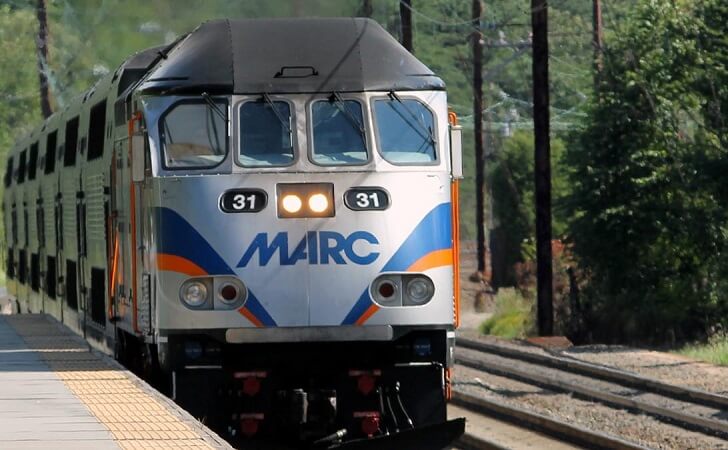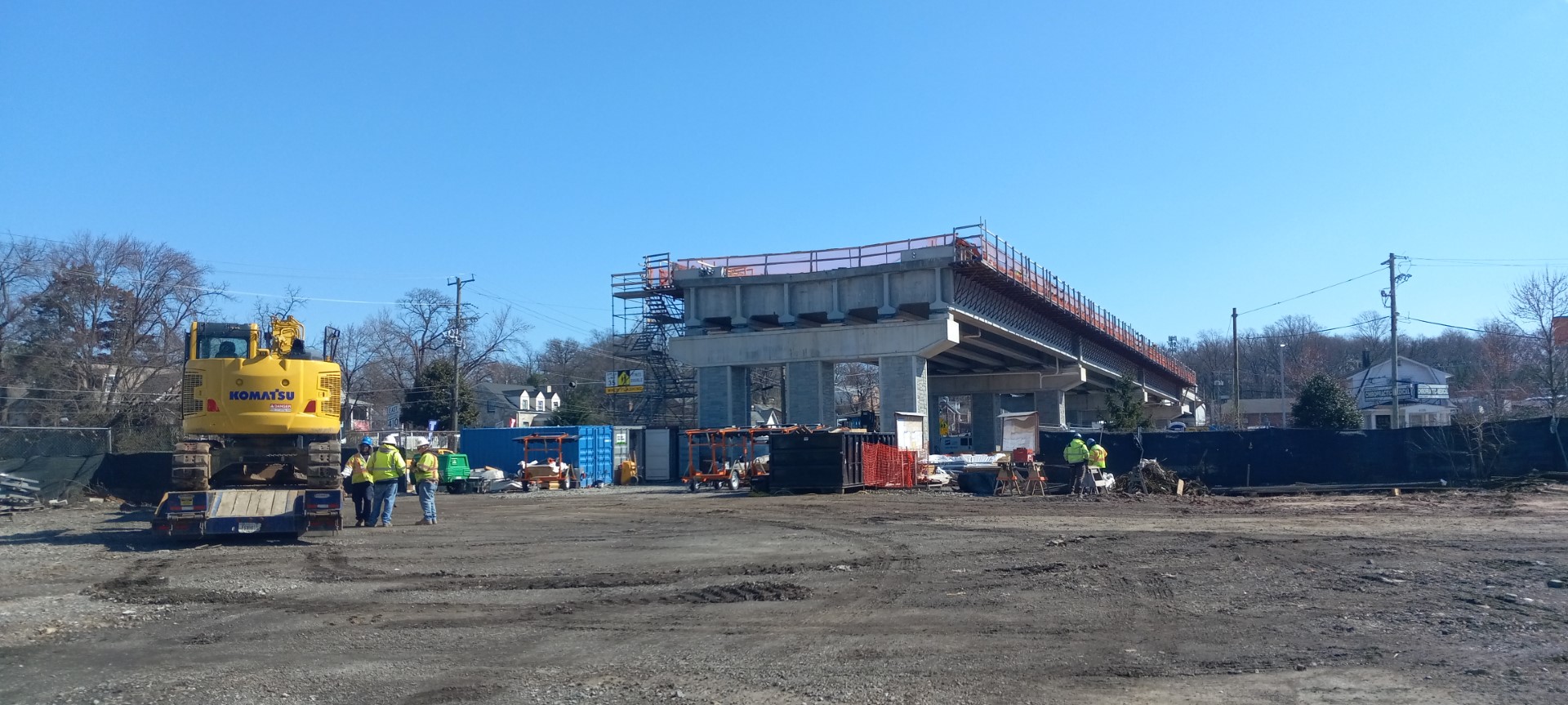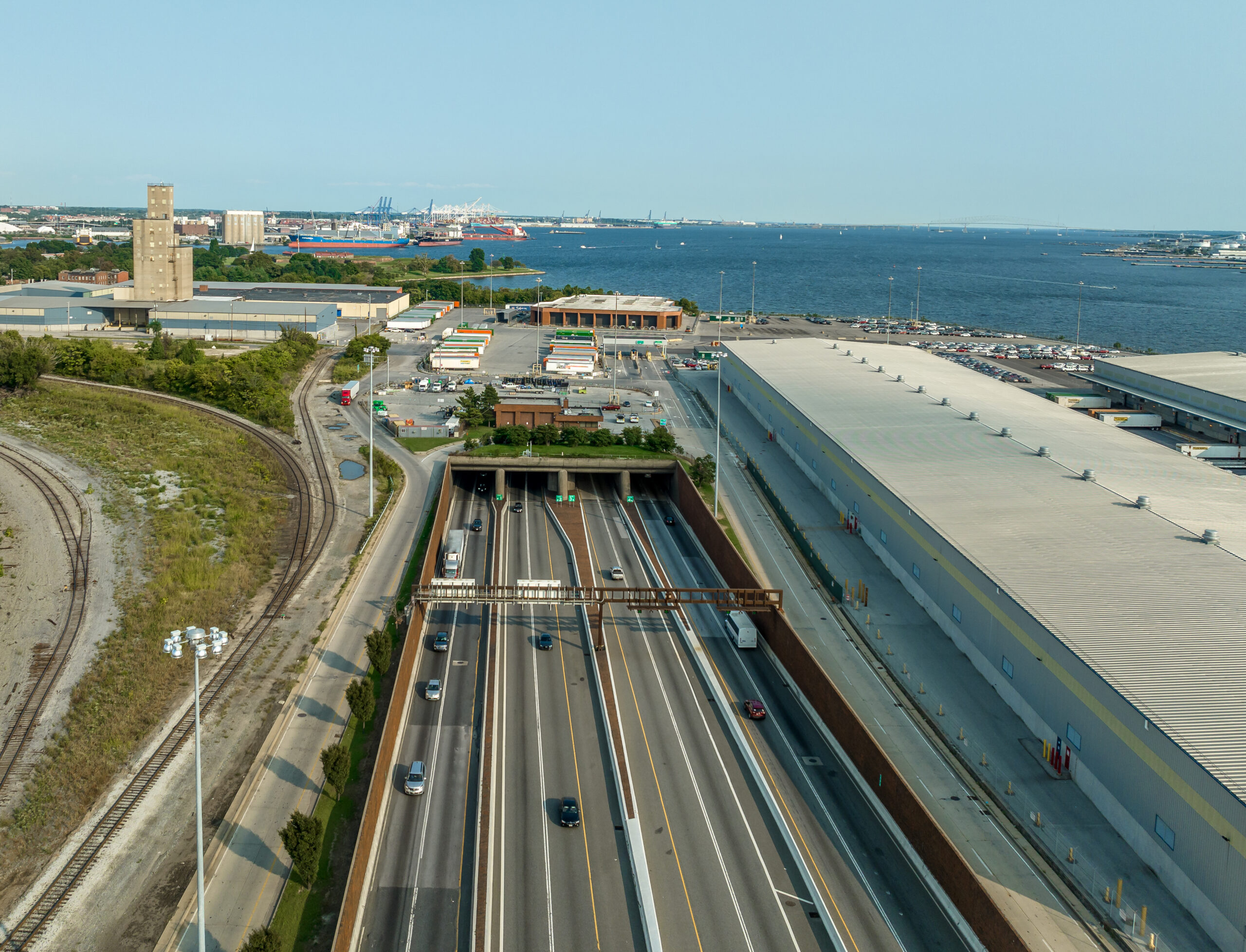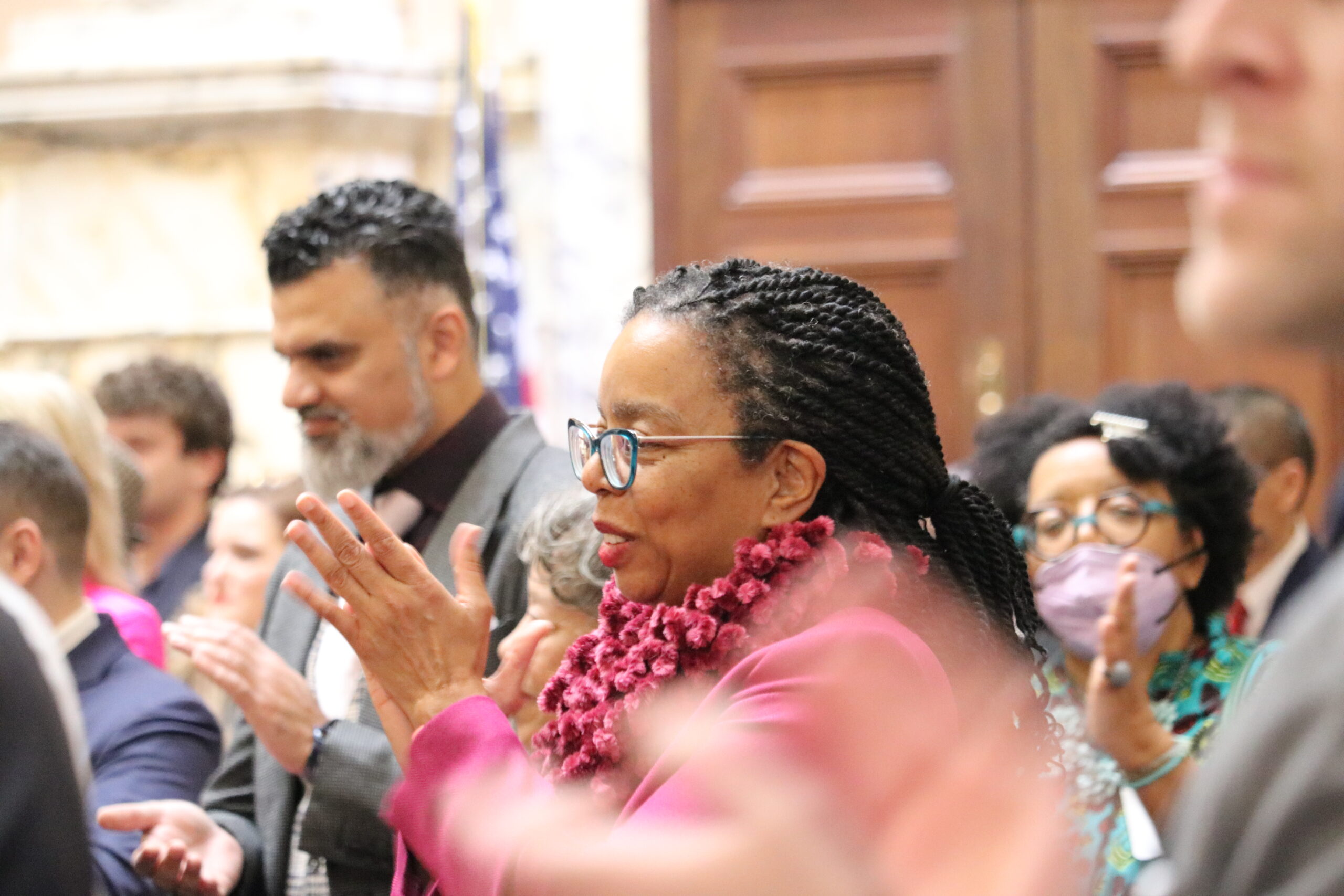
The COVID-19 pandemic has caused severe hardship and uncertainty for transit agencies as health officials urged Americans to stay home, work remotely and limit transit use to essential trips.
In Baltimore, local bus ridership has fallen roughly 60% and regional bus and train ridership even further. The Maryland Transit Administration lost $550 million in fare revenue in its 2020 fiscal year and expects to lose a similar amount in 2021. Most transit agencies are being forced to drastically cut service and lay off employees, leaving riders underserved and staff unemployed.
All the while, frontline transit workers have continued heroically performing their jobs, getting essential workers and the transit-dependent safely to their destinations. There may well be permanent changes in commute patterns post-pandemic, as companies shed offices and commit strategically to having employees work remotely some or all the time.
Despite increased cleaning and mask mandates, many commuters will remain reluctant to return to public transit until a vaccine is widely distributed. For those who can afford it, these trips have shifted to personal car trips and companies like Uber and Lyft, increasing traffic congestion and hazardous air pollution. Those who cannot afford these options have fewer choices and are often forced to make difficult decisions on how to get to school, work, the doctor and shops.
Investing in public transit infrastructure pays generational dividends, creating jobs at all experience levels, connecting workers to those jobs, and providing freedom of mobility to everyone regardless of age, income or ability. Transit investments generate and amplify compelling economic and social benefits that ultimately improve a region’s quality of life.
As the pandemic’s grip eases, people will return to public transit to connect with colleagues and enjoy activities like entertainment and sporting events that we’ve all sorely missed. Transit systems are not only a key economic engine, but they are also the glue that connect people to opportunity, education, health care and, most importantly, friends and family.
As MTA leverages the state’s transportation fund to invest in system upgrades, the innovation imperative is to Build Back Maryland Transit — Better! “Better” means creating a seamlessly interconnected regional transit network that is more reliable, convenient, efficient and equitable. “Better” will drive improvements in customer experience and system financial performance, while providing tools to bridge social equity gaps and strengthen disadvantaged communities.
As an example of how to Build Back Better, MTA is planning to upgrade its obsolete and costly fare collection system. While effectively integrating the range of fare payment options (including cash, magnetic-stripe tickets, CharmPass, credit and debit cards, and mobile wallets) might seem of little import to the average citizen, a modern, flexible and secure transit payment system can be a driver for innovation at MTA and for enduring, positive change in the region.
Innovation impacts:
- A touchless system reduces physical contact to improve public and operator safety, while speeding and easing passenger movement across the MTA system.
- A modern fare collection system will readily support rapid adjustments to fare policies to strengthen social equity, providing targeted transit resources to economically disadvantaged riders.
- Fare choice will enable riders able to choose, for example, how to pay touch-free for their combined commuter bus, subway and Jump ride, alongside a spur-of-the-moment MARC ride to Washington, D.C. This seamless connectivity will be more convenient for passengers and more cost-effective for MTA.
And, as is occurring elsewhere around the world, this fare system can integrate into the broader transit ecosystem known as Mobility-as-a-Service. Imagine the same card used to pay for Metro bus or subway rides integrating payments across all transportation modes, and even in stores. A modern fare collection system will provide MTA with greater revenue, better customer service and enhanced social equity.
Smart innovation will enable MTA to operate more efficiently, innovate more effectively and deliver a better customer journey.
While an innovative fare collection system is not a silver bullet, it offers Maryland taxpayers and the region’s riders a valuable, future-ready tool to help make things better in communities across the state — improving financial performance, customer service, rider choice and social equity.
MTA is clearly looking to the future to truly Build Back Baltimore Transit — Better.
— GARY GOOGINS
The writer is general manager of Americas, for Vix Technology, a global innovator of fare management, transit analytics and passenger information solutions.





 Creative Commons Attribution
Creative Commons Attribution